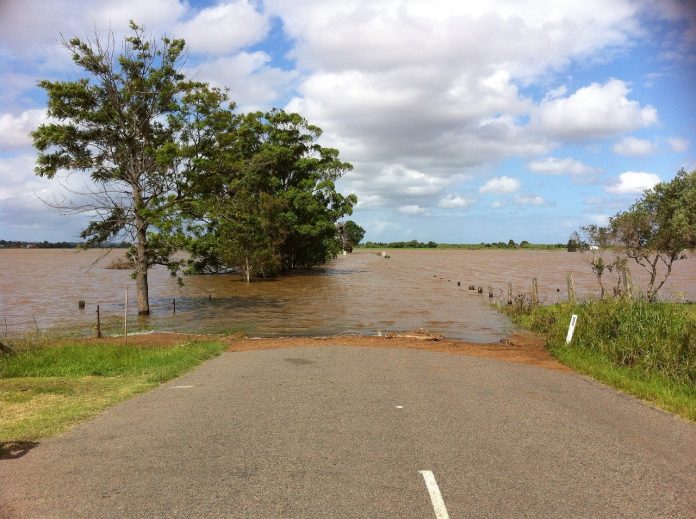WASHINGTON — The U.S. Department of Agriculture’s (USDA) Food Safety and Inspection Service (FSIS) is issuing food safety recommendations for those who may be impacted by flooding in the central U.S.
The National Weather Service reports that heavy rain that began last week and continued through the weekend has brought widespread flooding to a large swath of the central U.S., from the gulf coast to the great lakes and Ohio River valley. Numerous river systems are expected to remain in flood stage well into this week. The National Weather Service expects another round of rainfall across the mid and lower Mississippi valley Tuesday into Wednesday, which will exacerbate the ongoing river flood threat.
Flooding can compromise the safety of stored food. Residents in the areas affected by these floods should pay close attention to the forecast. FSIS recommends that consumers take the following steps to reduce food waste and the risk of foodborne illness during this and other severe weather events.
Food safety after a flood
- Do not eat any food that may have come into contact with flood water — this would include raw fruits and vegetables, cartons of milk or eggs.
- Discard any food that is not in a waterproof container if there is any chance that it has come into contact with flood water. Food containers that are not waterproof include those packaged in plastic wrap or cardboard or those with screw‐caps, snap lids, pull tops and crimped caps. Flood waters can enter into any of these containers and contaminate the food inside. Also, discard cardboard juice/milk/baby formula boxes and home-canned foods if they have come in contact with flood water because they cannot be effectively cleaned and sanitized.
- Inspect canned foods and discard any food in damaged cans. Can damage is shown by swelling, leakage, punctures, holes, fractures, extensive deep rusting or crushing/denting severe enough to prevent normal stacking or opening with a manual, wheel‐type can opener.
Steps to follow after a weather emergency
- Check the temperature inside of your refrigerator and freezer. Discard any perishable food (such as meat, poultry, seafood, eggs or leftovers) that has been above 40°F for two hours or more.
- Check each item separately. Throw out any food that has an unusual odor, color or texture or feels warm to the touch.
- Check frozen food for ice crystals. The food in your freezer that partially or completely thawed may be safely refrozen if it still contains ice crystals or is 40°F or below.
- Never taste a food to decide if it’s safe.
- When in doubt, throw it out.
The publication “A Consumer’s Guide to Food Safety: Severe Storms and Hurricanes” can be downloaded and printed for reference during severe weather events. An infographic is also available outline steps you can take before, during and after severe weather, power outages and flooding. FSIS provides relevant food safety information during disasters on Twitter @USDAFoodSafetyand Facebook.
If you have questions about food safety during severe weather, or any other food safety topics, call the USDA Meat & Poultry Hotline at 1-888MPHotline or chat live with a food safety specialist at AskKaren.gov.These services are available in English and Spanish from 10 a.m. to 6 p.m. Eastern Time, Monday through Friday. Answers to frequently asked question can also be found 24/7 at AskKaren.gov.













